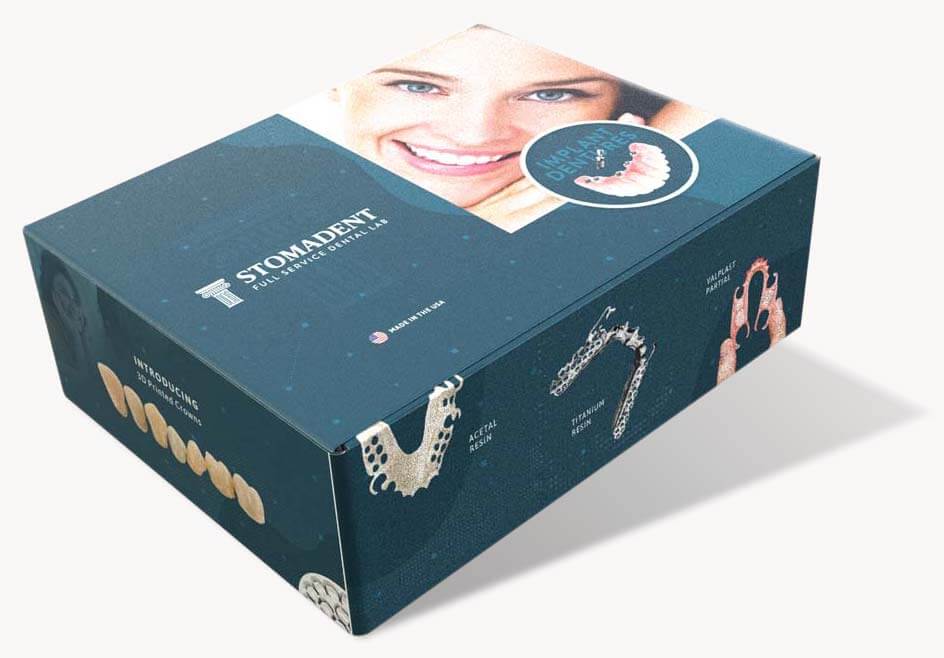Digital Partial Design Overview
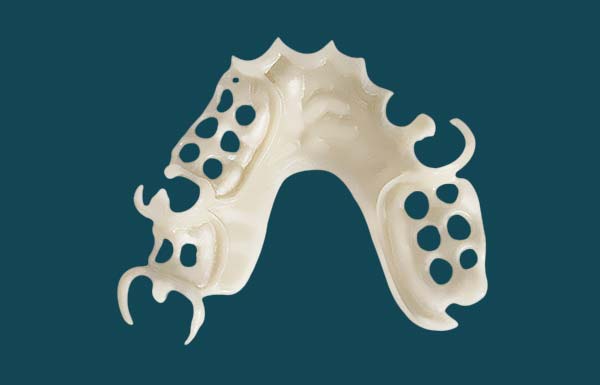
Acetal Resin
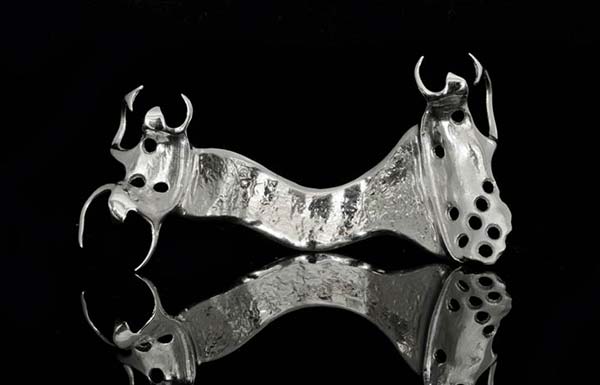
Chrome Cobalt
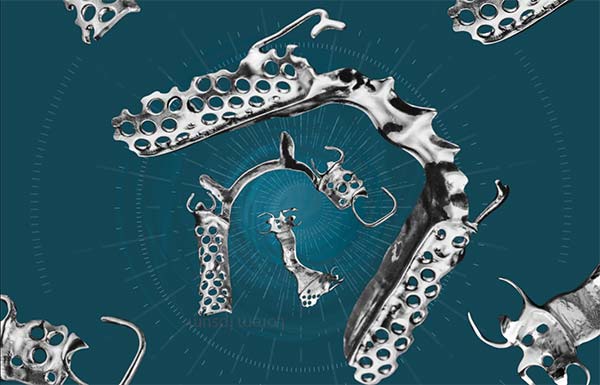
Titanium
It’s very interesting to see how much digital design and digital frameworks have changed in the past five years. The beauty of making digital removable partial dentures is that consistency is always there. Whether you are designing using 3Shape or Exocad Dental CAD/CAM software, the designs always come out to be flawless and accurate.
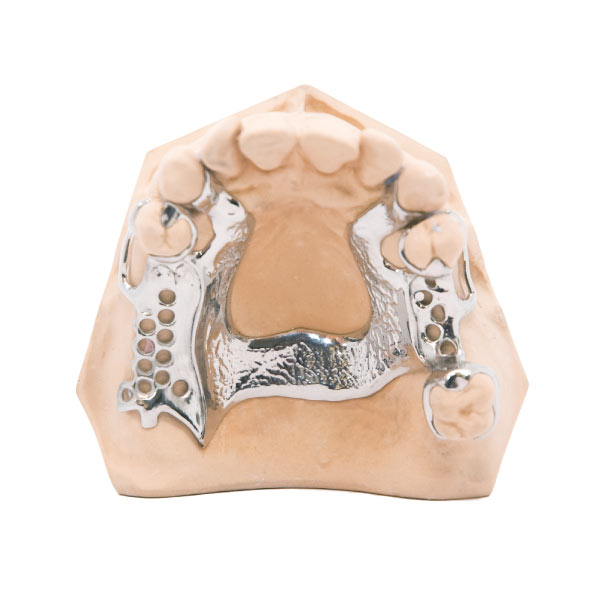
As we proceed to the next step, we are able to design the major connector. In this case, it is a lingual bar with a metal backing (metal plate design). The good thing about digital design is being able to work on specific areas in different ways. Whether you want one clasp to be thicker than another or if you want the mesh to be thinner in the anterior segment of the partial compared to the posterior because of a lack of space, you are able to digitally design it.
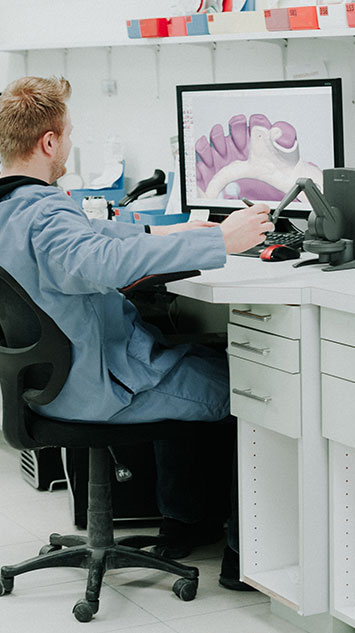
The great thing about digital design is that most of the work is basically done for you by the software provided that you draw the design accurately. As you are finishing the partial, you need to bump out the areas such as the connections, the elbows of the clasps, and/or the connections between the mesh and the major connector. Everything else gets smoothed out automatically by the software.
Another thing we are able to design is Acetal Resin removable frames. These are designed in a very similar way as a metal framework. The great thing about Acetal Resin frameworks is as we design them with our software, we are able to utilize more of the undercuts. This means that we can place the clasps much lower and closer to the tissue level, which makes them less visible. At the same time, these Acetal frameworks are tooth colored. They blend in with the natural teeth.
The best part about being able to design the Acetal, metal, and Titanium frameworks, is the fact that we produce all of these frames in-house. Whether we are 3D-printing Wironium frames and casting them, or we are designing our Acetal frames or Titanium frames and milling them, all cases are totally handled in-house.
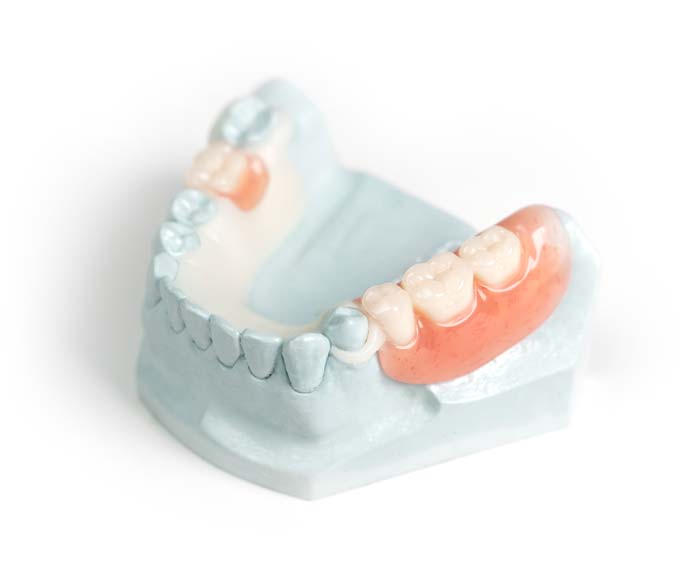
The main difference between metal frameworks, such as Wironium and Titanium, and these flexible Acetal frameworks are the frameworks can be tooth-colored so they will match the patient’s teeth and at the same time be flexible in the patient’s mouth.
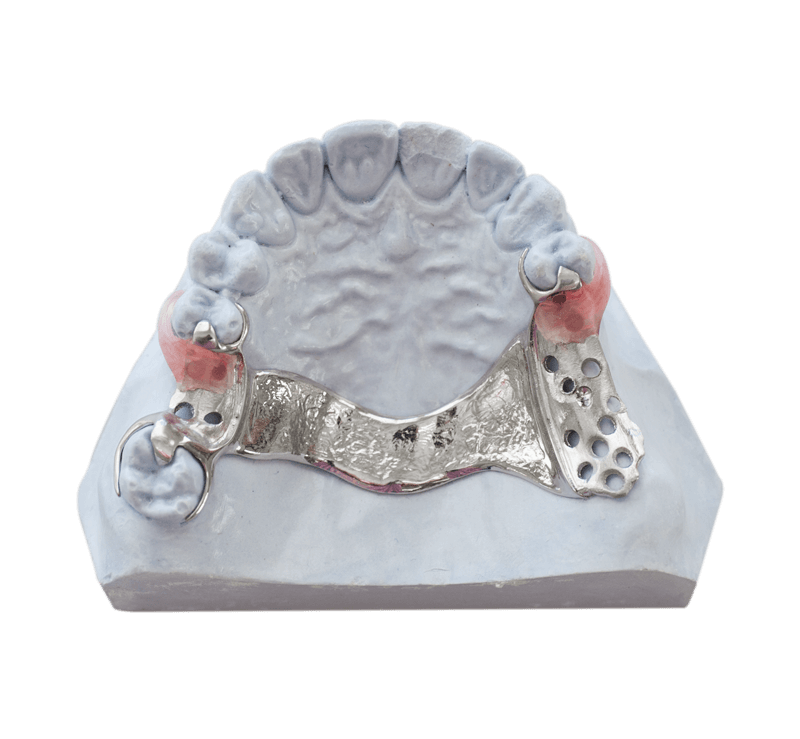 The newest type of frameworks that we have in our lab are titanium frameworks. The best thing about titanium frameworks is that they are much lighter than a conventional Wironium framework or any other chrome cobalt type of partial denture. The reliability that we all know about titanium being in the medical field where the implants that dentists place in the patient’s mouth are made from titanium. There is no erosion from this bio-compatible metal. Titanium implants are very stable and reliable. Implants will function in the patient’s mouth for many years. This also applies to our titanium frameworks. They will be just as reliable and at the same time very lightweight. We are able to add teeth or clasping in the future if the patient loses teeth or has teeth extracted.
The newest type of frameworks that we have in our lab are titanium frameworks. The best thing about titanium frameworks is that they are much lighter than a conventional Wironium framework or any other chrome cobalt type of partial denture. The reliability that we all know about titanium being in the medical field where the implants that dentists place in the patient’s mouth are made from titanium. There is no erosion from this bio-compatible metal. Titanium implants are very stable and reliable. Implants will function in the patient’s mouth for many years. This also applies to our titanium frameworks. They will be just as reliable and at the same time very lightweight. We are able to add teeth or clasping in the future if the patient loses teeth or has teeth extracted.
Our laboratory goes a step further than other labs. As we digitally design our frameworks, we are able to use a haptic device (technology that simulates the senses of both touch and motion). The difference between using a haptic device and a conventional mouse that the software recommends is with this device we are able to be more precise. As we design, we literally can feel the 3D aspects of each model and/or framework. If I need to find out where to place the mesh on the ridge of the patient’s mouth, I will feel where the center of the ridge is and place it at or below the crest of the ridge. The same is true with the teeth we design. Because we are able to feel the tooth, we can fill in areas that maybe have holes or bubbles and block them out. With this haptic device, it makes designing much more accurate and precise than with a conventional computer mouse.

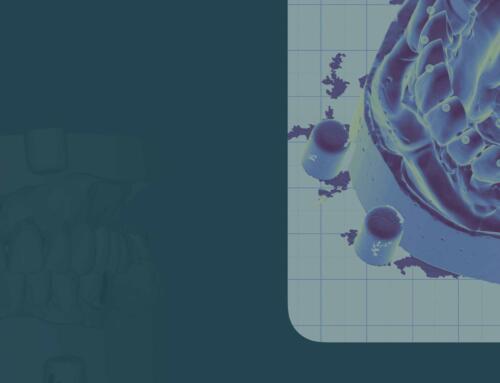
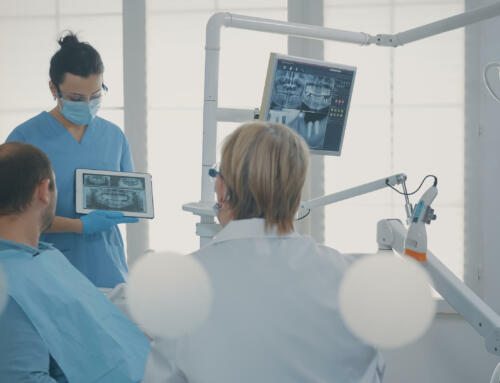
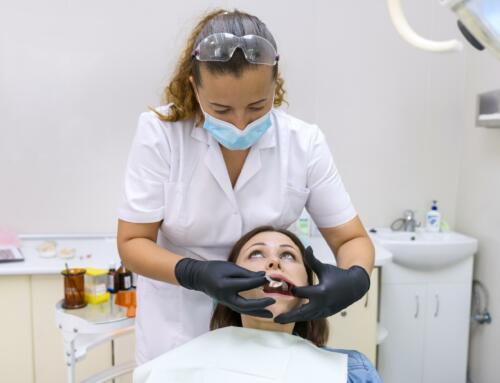
![Partial Denture Clasp Types [Assessing Clinical Situations]](https://stomadentlab.com/wp-content/uploads/2024/03/dental-implant-model-dental-bridge-in-hand-dentis-2023-11-27-05-11-13-utc-scaled-500x383.jpg)
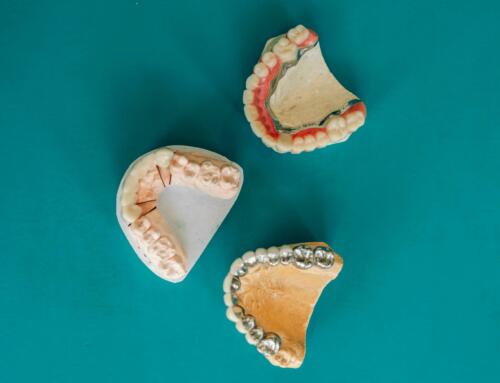
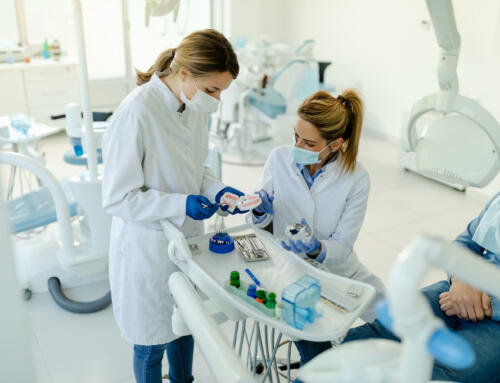
![Hybrid Denture with Titanium Bar [Best Methods + Advantages]](https://stomadentlab.com/wp-content/uploads/2024/01/dental-prosthesis-on-dark-background-2023-11-27-05-06-28-utc-scaled-500x383.jpg)
![TCS Flexible Partial vs Valplast [Comparing Denture Options]](https://stomadentlab.com/wp-content/uploads/2024/01/asian-elderly-woman-patient-use-toothbrush-to-clea-2023-11-27-05-03-35-utc-scaled-500x383.jpg)
![The Lucitone Denture Advantage [Best Practices + Advice]](https://stomadentlab.com/wp-content/uploads/2022/08/lucitone-promo-1-500x383.jpg)

